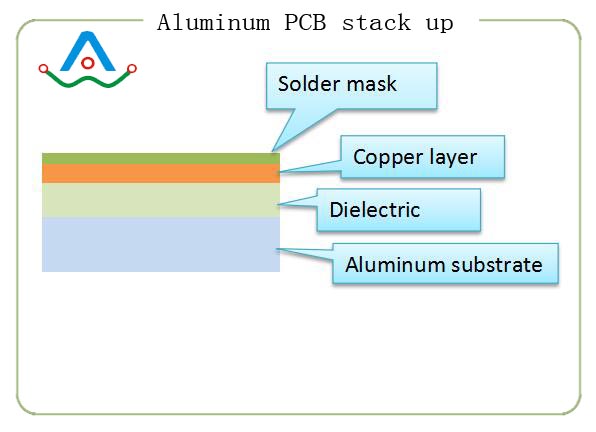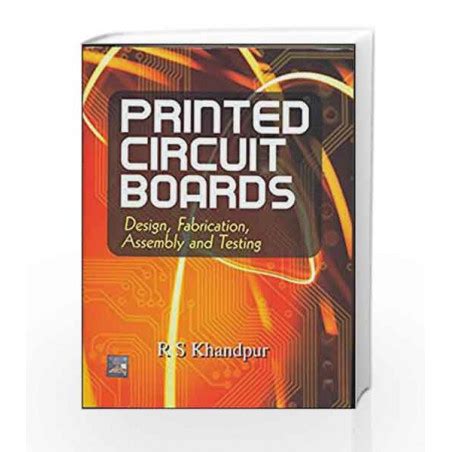Efficient Flex PCB Manufacturing Solutions for Your Projects
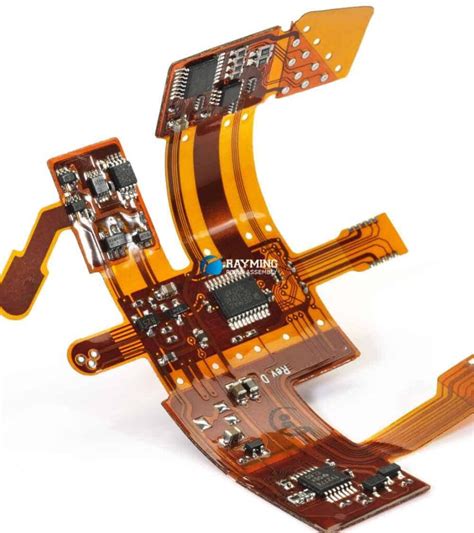
Key Takeaways
When considering flex PCB manufacturing, you may find numerous advantages that set these designs apart from traditional rigid PCBs. The pcb manufacturing companies that specialize in this area offer innovative solutions that cater directly to your project needs. You will benefit from a range of customization options which allow for unique designs that fit your specifications and constraints, enhancing your product’s performance and efficiency. Additionally, understanding the pcb manufacturing cost can aid in budget planning, as many manufacturers provide transparent pricing structures for both small and large production volumes. With fast turnaround times available, you can keep your projects on schedule without compromising quality. By choosing the right pcb manufacturing business, you position your project for success, ensuring that all elements—from design to delivery—are handled with expertise, resulting in a product that not only meets but exceeds expectations. If you’re interested in learning more about reliable solutions for your PCB projects, you can explore resources at Andwin PCB.
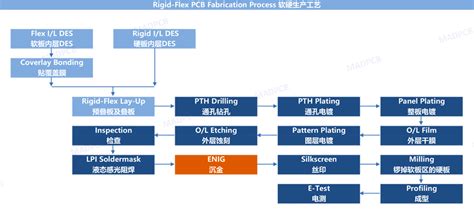
Introduction to Flex PCB Manufacturing
In the rapidly evolving electronics landscape, flex PCB manufacturing stands out as a critical component of innovation. Flex PCBs, or flexible printed circuits, are essential for modern devices that require both compact design and adaptability. As you delve into PCB manufacturing, understanding the core principles behind it will empower you to make informed choices for your projects. The flexibility of these circuits allows for unique configurations that traditional rigid boards cannot achieve, thus broadening the scope of possible applications in wearables, medical devices, and consumer electronics.
When considering your options within PCB manufacturing companies, it is important to recognize the various factors that contribute to overall quality and efficiency. Select a manufacturer that emphasizes robust fabrication processes to ensure reliability in your designs. Moreover, you should assess the PCB manufacturing cost which can vary significantly based on material choices and production volumes. Collaborating with experienced partners in the PCB manufacturing business can dramatically enhance project outcomes through tailored solutions that align with your design specifications.
“Investing in quality flex PCBs today can save on costs tomorrow by reducing failures and enhancing product performance.”
In summary, as you embark on your flex PCB journey, remember to weigh the potential benefits against costs and production capabilities to identify solutions that best meet your needs. This approach not only optimizes resources but also ensures that your project stands out in a competitive market.
Key Benefits of Flex PCBs
Flex PCBs, or flexible printed circuits, offer a myriad of advantages that can significantly enhance your electronics projects. One of the primary benefits is their ability to fit into small and irregular spaces, enabling innovative designs that would be impossible with traditional rigid PCBs. This flexibility not only helps in saving valuable space but also allows for lighter and more compact products. Additionally, flex PCB manufacturing typically results in improved reliability. Because they can bend and twist, flex circuits are less prone to damage from mechanical stress compared to their rigid counterparts.
The cost-effectiveness of utilizing these advanced designs is another key benefit. Even though the initial pcb manufacturing cost may be higher than standard boards, the longevity and durability offered by flex circuits often translate to lower long-term expenses due to reduced failures and replacements. Furthermore, many pcb manufacturing companies provide customizable options that can align perfectly with your unique specifications, allowing you to create tailored solutions for your projects.
Besides flexibility in design and cost savings, fast turnaround times present a significant advantage when working on production schedules. A responsive pcb manufacturing business can expedite the process from design to delivery, ensuring that you meet tight deadlines without compromising quality. Integrating flexible PCBs into your projects not only enhances functionality but also streamlines overall manufacturing efficiency.
Fabrication Processes for Flex PCBs
When it comes to flex PCB manufacturing, understanding the various fabrication processes is crucial to achieving the quality and functionality your projects demand. The initial stage typically involves designing your PCB layout using advanced software tools that facilitate precise alignment and connectivity. It’s essential that you collaborate closely with PCB manufacturing companies during this phase to ensure that your design adheres to industry standards and is optimized for flexibility.
One of the predominant methods employed in flex PCB manufacturing is screen printing, where conductive materials are deposited onto flexible substrates. This is followed by a lamination process, where layers of material are bonded together, ensuring durability and functionality. The inclusion of various materials—such as copper, polyester, and polyimide—adds unique characteristics that can enhance performance while potentially affecting the overall PCB manufacturing cost.
Next comes the etching process, which removes excess copper from the board to create circuit paths. This step is critical in defining how electrical signals will travel across your board. The quality of this process directly influences the efficiency of your pcb manufacturing business. After etching, rigorous testing ensures each board meets specified thresholds for functionality before finalizing the production run.
The table below summarizes these important steps in the fabrication process:
| Fabrication Step | Description |
|---|---|
| Design Layout | Create a digital PCB design using CAD software. |
| Screen Printing | Deposit conductive materials onto substrates. |
| Lamination | Bond multiple layers of flexible material together. |
| Etching | Remove excess copper to define circuit paths. |
| Testing | Ensure quality and performance compliance. |
These processes must be executed with precision to guarantee that you receive a high-quality end product tailored to your specifications. By investing time in understanding flex PCB fabrication methods, you can better navigate discussions with manufacturers about capabilities and options aligned with your project’s unique requirements.
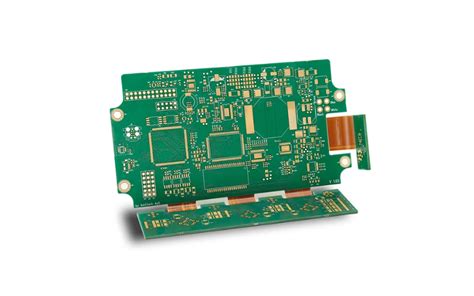
Ensuring Quality in Flex PCB Production
Ensuring high-quality flex PCB production involves a meticulous approach throughout the manufacturing process. To begin with, it is crucial to select the right PCB manufacturing companies that prioritize quality assurance protocols. This includes comprehensive testing and inspection practices that align with industry standards to minimize defects. Additionally, employing advanced fabrication technologies not only enhances the reliability of your flex PCBs, but also optimizes the overall PCB manufacturing business operations. Maintaining rigorous control over raw material selection is another essential factor; using top-grade materials significantly reduces potential issues related to durability and performance. Moreover, clear communication with your PCB manufacturing partners allows for customized solutions tailored to your specific design requirements, ultimately impacting your project’s success. By integrating these elements into your PCB manufacturing strategy, you set a solid foundation for quality assurance, ensuring that each unit meets both functional and aesthetic standards while efficiently managing your overall PCB manufacturing cost.
Customization Options for Your Flex PCB Projects
When it comes to flex PCB manufacturing, one of the standout features is the extensive range of customization options available to you. Whether you’re designing a compact device or a complex circuit system, you can tailor your flex PCBs to fit your unique specifications. Many PCB manufacturing companies offer the ability to adjust parameters such as thickness, material type, and layer counts, making it easier for you to achieve optimal performance. For instance, if your project requires flexibility in tight spaces, choosing a thinner substrate can help maintain a compact form factor while ensuring reliability.
Moreover, you have the opportunity to incorporate various finishes and treatments that enhance durability and functionality, which is crucial for many applications. This level of customization not only supports your design needs but also directly influences the overall PCB manufacturing cost. By selecting features carefully based on your production volume requirements, you can effectively manage expenses while still receiving high-quality products tailored to your specifications.
It’s worth considering that an efficient pcb manufacturing business will work closely with you during the design phase to ensure that all customized options align with both performance expectations and budgetary constraints. As such, investing in knowledgeable partners can lead to better outcomes and smoother project execution. With these customization capabilities at your disposal, you’re well-equipped to meet the demands of today’s technology-driven landscape while maximizing the impact of your flex PCB projects.
Fast Turnaround Times: What to Expect
When diving into flex PCB manufacturing, one of the most significant factors to consider is the turnaround time. You may wonder how quickly you can expect your designs to be transformed into fully functional boards. Generally, reputable pcb manufacturing companies can offer expedited services that significantly reduce lead times. Many of these manufacturers implement advanced fabrication processes and utilize efficient supply chain management, which allows them to minimize the overall pcb manufacturing cost while still delivering high-quality products. You should anticipate that for standard orders, a well-structured pcb manufacturing business may produce results in as little as a week, depending on complexity and volume. However, if your project requires customization or specific materials, these factors can influence the timeline. Understanding these dynamics will help you effectively plan your projects; ensuring that they seamlessly align with your deadlines is crucial. This not only enhances project efficiency but also fosters smoother collaboration with your pcb manufacturing partner throughout the entire process.
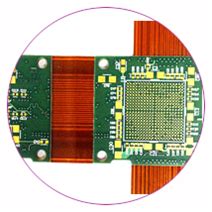
Meeting Design Needs and Production Volume Requirements
In the ever-evolving world of flex PCB manufacturing, aligning your project’s design specifications with production volume requirements is crucial to success. The unique attributes of flex PCBs enable them to fit a wide range of applications, but this versatility requires careful consideration during the design phase. When selecting pcb manufacturing companies, you must ensure that they can accommodate your specific needs, including the intricacies of your design and the anticipated production volumes. A reliable manufacturer should provide insight into pcb manufacturing cost, helping you optimize your budget while maintaining quality and performance standards. Whether you’re scaling up for a larger order or fine-tuning a prototype, working with a pcb manufacturing business that prioritizes customization and responsiveness will directly impact the efficacy of your project outcomes. A well-equipped manufacturer can not only meet but exceed your expectations by integrating advanced fabrication processes tailored to your unique demands. By investing time in understanding these elements, you pave the way for a successful collaboration that meets both design requirements and production goals efficiently, ensuring a seamless journey from concept to completion.
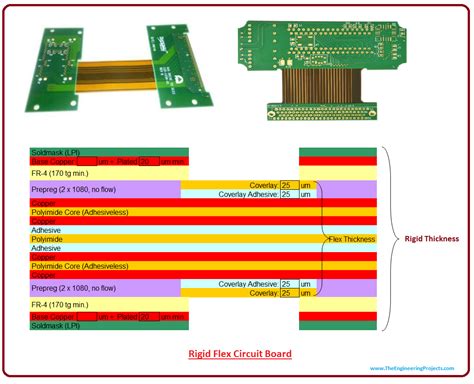
Conclusion: Choosing the Right Flex PCB Manufacturing Partner
When navigating the complex landscape of flex PCB manufacturing, selecting the right partner is paramount for ensuring the success of your projects. You should consider various factors when exploring PCB manufacturing companies. Look for companies that not only boast a reputation for quality but also emphasize their ability to adapt to your specific requirements, including design flexibility and production volume. The PCB manufacturing cost often varies based on customization options, materials, and processing techniques. Therefore, it is essential to communicate your project needs clearly and obtain detailed quotations. Additionally, evaluating a partner’s past performance in terms of turnaround times can give you confidence that they will meet your schedules without compromising quality. Ultimately, your choice of a PCB manufacturing business will significantly impact the efficiency and effectiveness of your final product, making it vital to conduct thorough research and build solid relationships with potential manufacturers. By focusing on these aspects, you can ensure that your flex PCB projects are in capable hands, ultimately leading to successful outcomes tailored to meet your demands.

Conclusion: Choosing the Right Flex PCB Manufacturing Partner
In today’s fast-paced technology landscape, selecting the right partner for flex PCB manufacturing is crucial for the success of your project. You must consider factors such as production capabilities, pcb manufacturing cost, and the ability to customize designs based on your specific needs. The best pcb manufacturing companies should offer a wide range of services that include advanced fabrication techniques and stringent quality control measures. Look for a pcb manufacturing business that prioritizes quick turnaround times without compromising on quality, ensuring that your projects are completed on schedule. By partnering with a reliable manufacturer, you can effectively manage production volume requirements while still achieving high-quality results. Ultimately, choosing wisely in this partnership will enable you to leverage the full potential of flex PCBs, leading to innovative and efficient electronic solutions tailored to your market demands.
FAQs
What is flex PCB manufacturing?
Flex PCB manufacturing refers to the process of creating flexible printed circuit boards that can bend and twist to fit specific applications. These boards are essential for compact and lightweight devices.
What are the main advantages of using flex PCBs?
The main advantages include their lightweight nature, ability to save space, and increased design flexibility. Additionally, they can withstand dynamic movements and harsh environments better than traditional rigid PCBs.
How does the fabrication process for flex PCBs differ from rigid PCBs?
The pcb manufacturing process for flex PCBs involves different materials, such as polyimide or polyester substrates. These materials enable flexibility, while the production techniques may also vary to accommodate bending and layering.
What should I consider regarding quality in flex PCB production?
To ensure quality in pcb manufacturing, it’s crucial to evaluate the manufacturer’s certifications, inspection processes, and adherence to industry standards. This will help maintain the integrity and reliability of your circuit boards.
Can I customize my flex PCB design?
Yes, pcb manufacturing companies often offer a range of customization options. You can tailor specifications such as dimensions, material types, layer counts, and surface finishes according to your project’s requirements.
Are there specific turnaround times for flex PCB orders?
Turnaround times vary depending on factors like complexity and order volume. In general, most manufacturers provide timelines for prototyping and production that cater to urgent needs.
How do production volume requirements impact cost in PCB manufacturing?
Higher production volumes often lead to reduced pcb manufacturing costs, due to economies of scale. However, this may also depend on your material choice and complexity of design.
For further details on optimizing your projects with flex PCB manufacturing, please click here: AndwinPCB.


